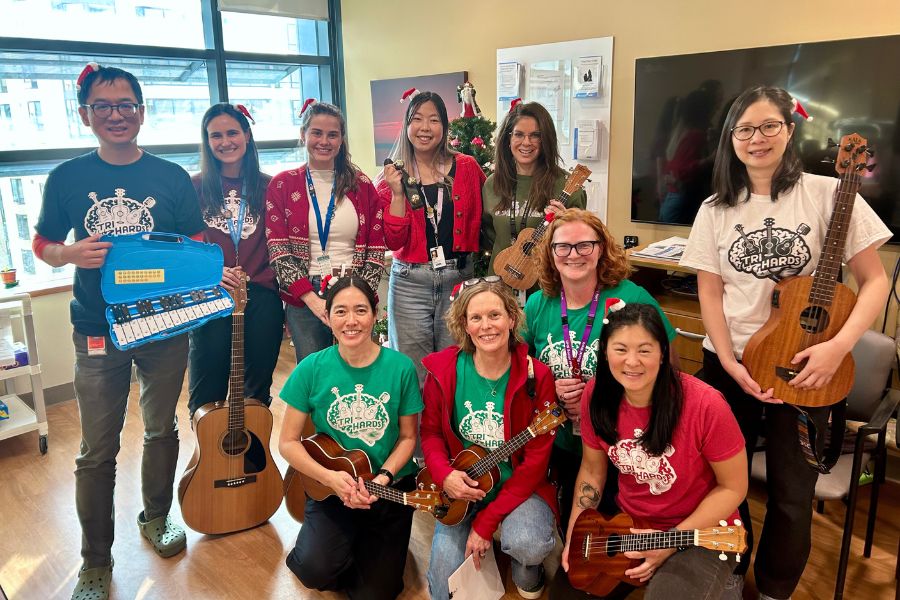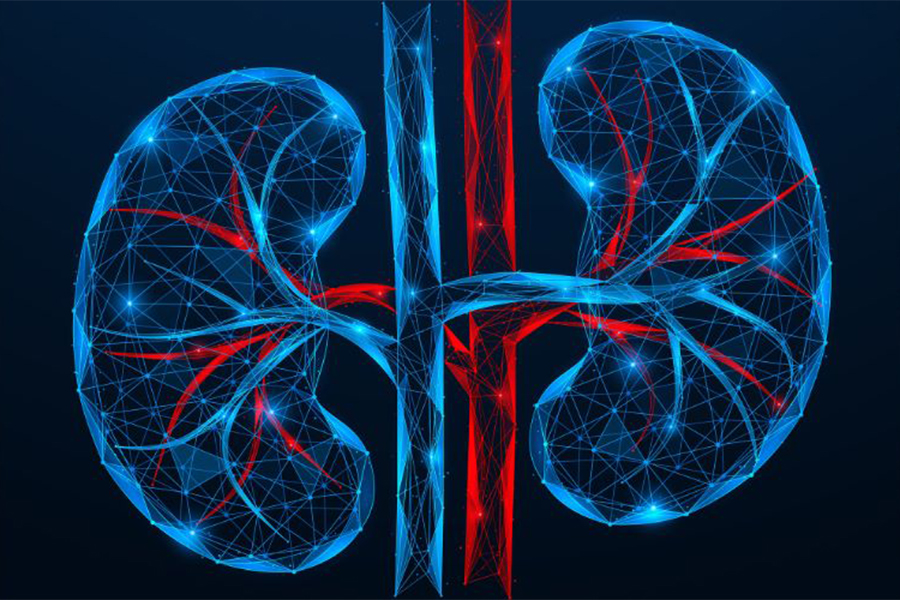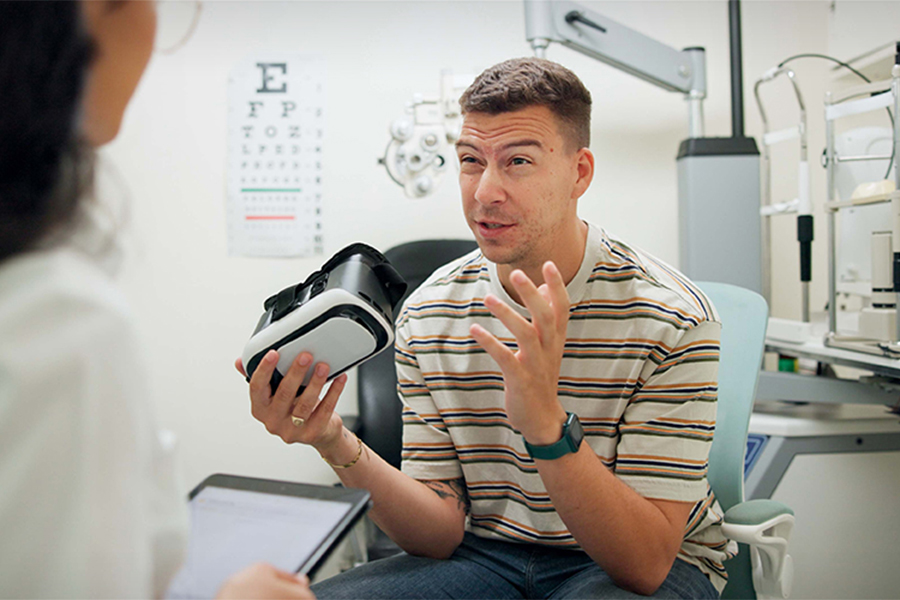Milan Shahani, a stroke survivor and a professor at George Brown College, started a project to design fashionable and affordable adaptive clothing for people with disabilities. (Photo: Milan Shahani)
At the age of 47, Milan Shahani, a professor in the School of Fashion and Jewellery at George Brown College, had a transient ischemic attack (TIA) while teaching in class. A TIA is a temporary blockage of blood flow to the brain and it is often an early warning sign of a stroke.
At the time, she did not know what was happening to her.
“I was in the middle of teaching. All of a sudden, I couldn’t speak. I couldn’t stand. I couldn’t do anything,” says Shahani. “It was very scary.”
One month later, Shahani had another stroke. This one was more severe, leading her on a journey through rehabilitation, frustration and ultimately discovery as she was able to combine her experience as a patient with her background in fashion design to benefit stroke patients.
“I was at home with my family when the stroke happened. I felt dizzy and started shivering,” says Shahani. “Luckily, my husband knew it was a stroke and called 911.”
Shahani arrived at Toronto Western Hospital within 30 minutes and was transferred after two weeks to the Toronto Rehab for recovery.
Due to the severity of the stroke, Shahani was partially paralyzed. During her time at Toronto Rehab, she could barely move her body.
“I was in a wheelchair. I needed help from the staff to do everything,” says Shahani. “I thought, why me?”
During her rehab, Shahani learned first-hand the struggle of trying to put on clothing with zippers and buttons, due to her limited mobility.
“When I had to put on my socks and my clothing, I really had no idea how to do it,” she says. “It was very frustrating.”
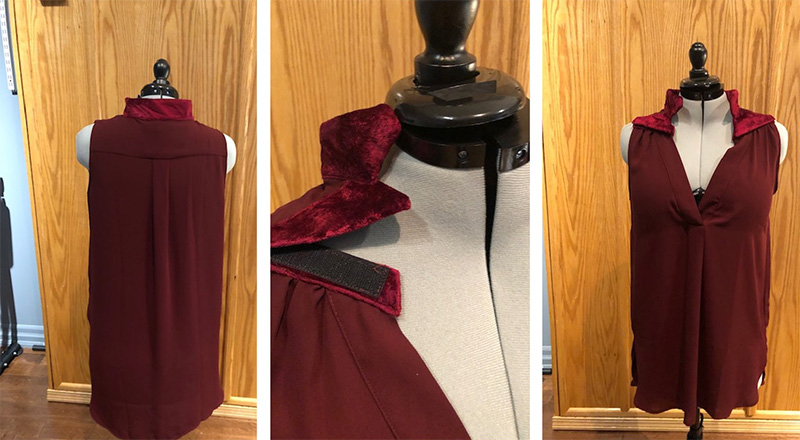
Upon recovery, Shahani decided to do something for others with disabilities. With a background in fashion and design, she started a project making affordable and fashionable adaptive clothes that are easy to put on for people with disabilities.
“I feel so passionate about this because I’ve been in those shoes,” Shahani says. “I know how hard it is to have a disability.”
Shahani received a grant from the Social Sciences and Humanities Research Council (SSHRC) to carry out her project in partnership with the Pegasus Community Project, a non-profit organization that provides services and support for adults with Developmental Disabilities in Toronto.
With the help of her students from George Brown College, Shahani created 75 garments, using existing clothing from Pegasus’ thrift store, and upcycled it into adaptive clothing, making it easier for people to dress themselves.
She has designed everything from tops and jackets, to purses and even undergarments.
“It’s fashionable. It looks like regular clothing, but with magnets, velcro and wider openings,” says Shahani.
Through her fashion project, Shahani hopes everyone will feel included when it comes to fashion.
The finished garments were presented to people living with disabilities for their feedback, and they loved them.
“We had one participant who was non-verbal. She loved it so much, she was clinging on to the dress and refused to let it go,” says Shahani.
All the clothing made from this project is available for sale at the Pegasus Thrift Shoppe, priced from $8 to $25.
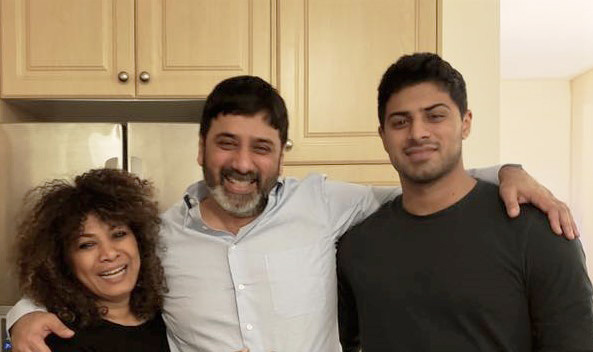
“Some big retail brands also make adaptive clothing, but not everyone can afford it,” says Shahani. “I want to make something that everyone can afford and wear.”
Through her projects, Shahani wants to inspire more fashion design students and second-hand thrift stores to design and sell adaptive clothing at an affordable price.
“I tell my students, you need to design for everyone, including people with disabilities,” says Shahani. “Even if one student in every batch becomes an adaptive clothing designer, I’ll be happy.”
Since her stroke and rehab, Shahani has embraced a healthier lifestyle and has returned to teaching.
One of the first questions she was asked when arriving at Toronto Western after her stroke was, “What are your goals?” To that, Shahani said, “I want to go back to teaching, I want to drive, I want to function like I used to.”
And now, 10 years later, Shahani is proud to say that she has achieved them all.
“I will do anything for the health care workers who helped me,” she says. “I owe them a lot.
“I feel like I got a second life.”
